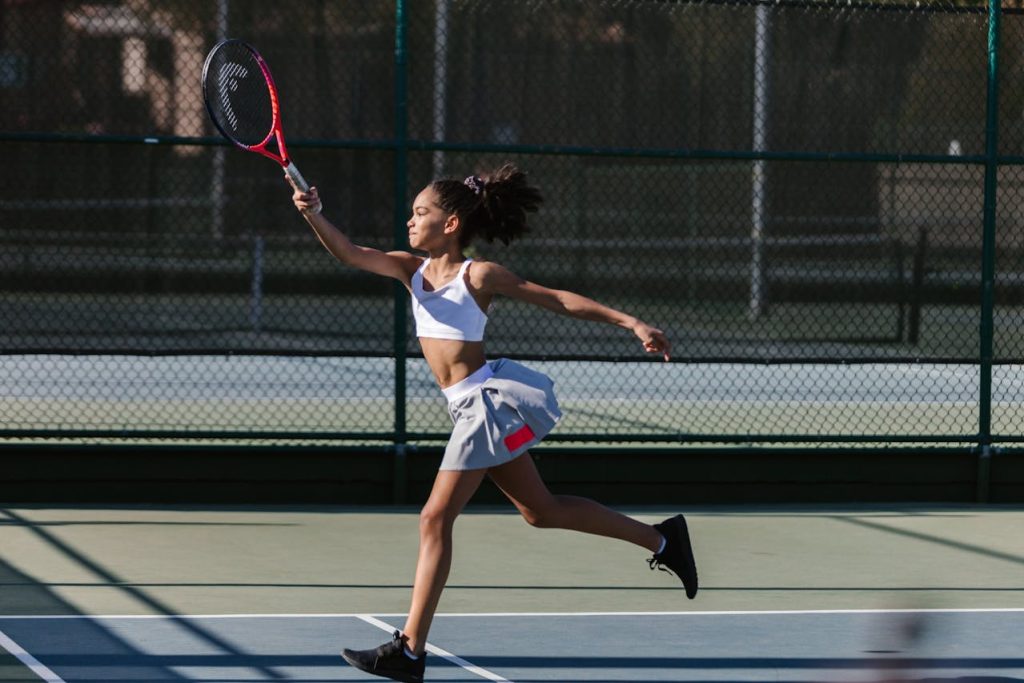
Tennis court fencing plays a pivotal role in creating a safe, functional, and visually pleasing playing environment. Whether you are managing a professional sports facility, building a home court, or upgrading an existing setup, investing in the right type of fencing is a crucial step. This blog will explore all the considerations for selecting, installing, and maintaining tennis court fencing to match your specific needs.
Why is Quality Tennis Court Fencing Essential?
Tennis court fencing has a significant purpose beyond simply delineating the boundaries of the court. It prevents balls from leaving the court area, reducing interruptions to play and enhancing safety for both players and spectators. Additionally, fencing can improve the aesthetic appeal of a court and provide privacy, especially for residential installations. High-quality fencing contributes to the longevity of the court infrastructure, making it a worthwhile investment.
Types of Tennis Court Fencing
There are various fencing options to suit different needs and preferences. Chain link fencing is one of the most commonly used types due to its durability, affording both strength and excellent visibility for spectators. For those seeking a more modern appearance, vinyl-coated or powder-coated fencing adds a sleek look and provides added protection from rust and corrosion. Other innovative materials, such as mesh panels, have grown in popularity for their clean and uniform appearance, especially in home courts. Each type has its advantages, and the best choice often depends on both functional and visual preferences.
Factors to Consider When Choosing Your Fencing
Selecting the right fencing for your tennis court involves several considerations. Firstly, the material must be strong enough to withstand impact from tennis balls as well as exposure to outdoor elements like wind and rain. Maintenance expectations also play a crucial role—some fencing materials, like vinyl, resist corrosion better than traditional chain link fencing, reducing the need for regular upkeep. Aesthetics should not be overlooked, especially for courts in residential or high-traffic settings, where an attractive design can greatly improve the space’s overall appeal. Noise reduction is another factor worth attention, particularly in areas with restrictions on ambient sound levels.
DIY vs. Professional Installation
While installing fencing on your own can save costs, it requires time, tools, and a specific skill set. DIY installation might suit simple projects, such as smaller residential courts. However, for larger or more complex projects, hiring professional contractors will guarantee precise work and long-term durability. Professional installation also ensures that local regulations regarding height and materials are adhered to, reducing the risk of costly adjustments post-installation. Assessing your budget, timeline, and technical capabilities will help determine the best approach for your situation.
Innovative Solutions for Home Tennis Courts
For individuals building private tennis courts, there are fresh fencing solutions that blend practicality with subtle design. Frosted panels can offer a touch of privacy without obstructing light, while retractable fencing options provide flexibility for multi-purpose spaces. Landscaping elements like climbing plants can also be paired with certain materials to create an inviting and lush environment that still performs its practical duties.
Keeping Your Fencing in Top Condition
Proper maintenance is essential to maximise the lifespan of your fencing. For metal fences, regular cleaning and checking for signs of rust prevent structural degradation. Vinyl or powder-coated options may require less upkeep but should still be cleaned occasionally to remove dirt and debris. Inspect connections, posts, and tension wires periodically to address any damage or loose fixtures promptly, preventing further issues from developing. Finally, trimming nearby vegetation ensures that plants do not interfere with fence stability or create unnecessary wear over time.
A Final Word on Tennis Court Fencing
Choosing the right fencing for a tennis court requires balancing function, durability, and visual impact. Whether you prefer the timeless practicality of chain link or the sophistication of vinyl-coated materials, thoughtful planning and upkeep will yield long-term results. By investing in appropriate fencing solutions, you not only improve the playing experience but also increase the lifespan and appeal of your tennis court environment.
